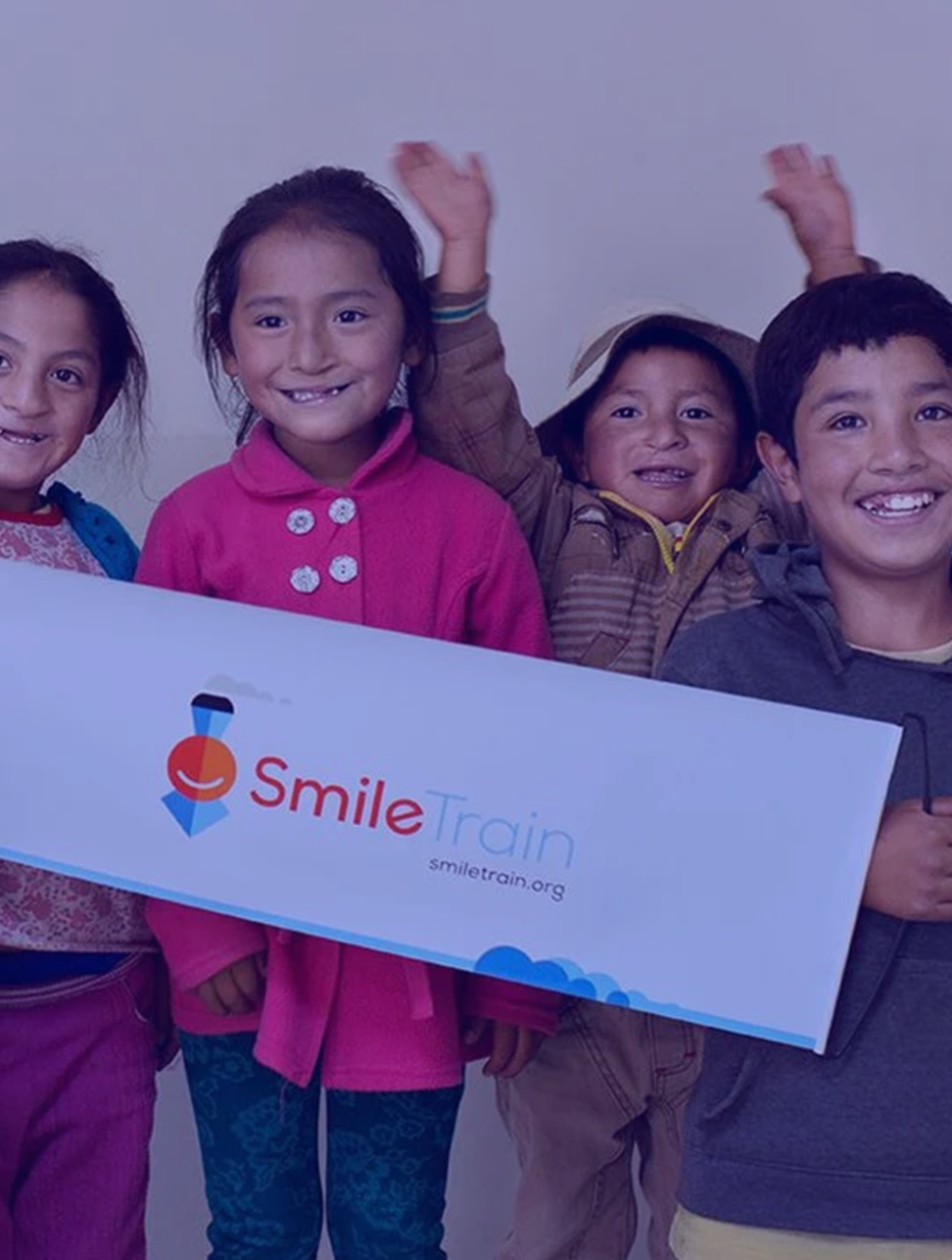Our discovery process with Smile Train was thorough and inclusive for their team. This allowed us to deeply understand the project objectives and how to keep Smile Train’s cleft-focused vision and their audiences at the forefront throughout the strategy.
Our workshops around personas and information architecture provided valuable insights around who Smile Train’s five key audiences are and how to best message them.
This information laid the groundwork for grouping content and creating a sitemap to help users more easily find and identify content that fits their needs.
Smile Train’s site was made faster, more responsive, and simplified for users and content editors alike, yet also more robust.
It laid the foundation of continuous improvements for Smile Train’s platform for years to come that can extend to all international sites.
More than a dozen components—such as galleries, cards, tabs, and listings—were implemented to allow editors to remix key pages with less friction.
Content was localized to allow Smile Train users in different regions to get relevant content in their language. Using best practices, our developers configured the site to reduce the friction of deploying or changing features on a per-site basis.
With multiple sites, using common code allowed regional sites to share code and make distributed updates fast and reliable.





